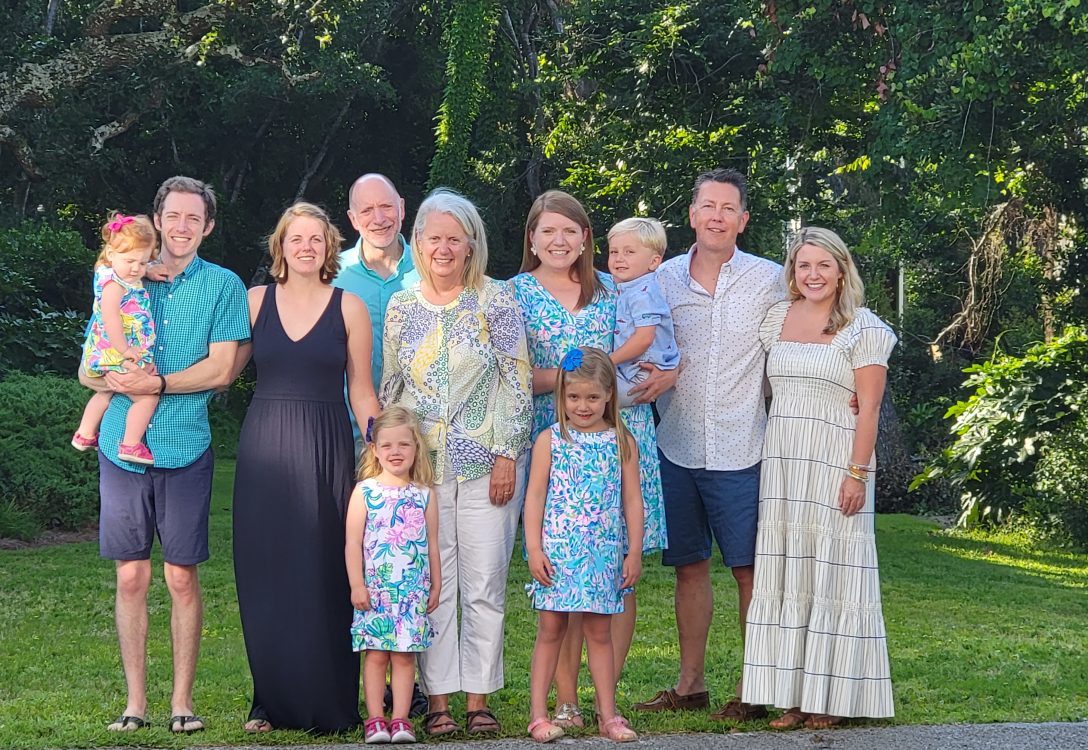
1 Kings Chapter 18 verse 44 states: “Look, a little cloud no bigger than a person’s hand is rising out of the sea.”
Hard to comprehend that a seemingly harmless small bundle of clouds could grow into a raging hurricane like Dorian.
Unless you were a salamander lodging under a decaying log, or a grub munching tall fescue roots in your neighbor’s lawn, I suspect you heard about Hurricane Dorian.
Even though Dorian eventually moved away from us, we are going to continue to learn about Dorian’s destruction for a long, long time.
In the aftermath of Dorian’s destructive path, I think the National Hurricane Center should retire that name from their storm naming list. I’m sure there are lots of nice Dorians in our world, but this storm wasn’t very nice.
As the storm approached the Bahamas, Dorian decided to shift out of drive into park. With 185 mile an hour winds and higher gusts, Dorian obliterated the Abaco Islands.
For almost two days, Dorian did not move. Looking at the post-Dorian photographs, I only see destruction. I wonder how anyone lived through the howling winds, pounding rain, and an angry surging ocean.
Watching news reports from our kitchen table one evening, my wife and I listened as the head of the National Hurricane Center, Ken Graham, reported that Dorian had lost its steering currents. These steering currents are a flow of wind embedded in the hurricane. While they be a smaller feature of the storm, these essential winds determine the movement of the hurricane.
For whatever reason, those steering currents stopped working inside Dorian. That non-movement resulted in Abaco’s devastation.
Even when the steering currents returned to Dorian, the storm’s travel speed was slow. A gradual turn pushed the hurricane to taunt the southeastern coast.
Finally, on Friday, September 6, Dorian came ashore over the Outer Banks of North Carolina. Even as a Category 2, Dorian’s 90 mile an hour winds, buckets of rain, and turbulent ocean consumed and isolated Ocracoke Island.
Thankfully, by late Friday, Dorian’s steering currents pushed it offshore, and accelerated the storm further off the coast.
For some reason, all of this attention about Dorian, and its troublesome steering currents made me wonder about my own steering currents.
What steers me in my daily path through life?
What impacts my actions, my thoughts, my temperament, my interactions with family, neighbors, friends, colleagues at work, and strangers?
Along those same lines, I wonder what stirs the steering currents for other people?
Recently, no matter where I look our steering currents appear to be dividing us.
I think we are allowing our steering currents to create a gap, a separation between us. This type of steering prevents us from finding a level path to have civil conversation. Heck, even the steering currents in my Methodist church over human sexuality have created a division.
Last week, as Dorian was creating its churning chaos, I needed to discard some cumbersome items at the county’s landfill. With a borrowed pickup truck, I made the drive, paid my fee, and positioned the truck for unloading.
Another truck pulled up beside me and the owner started to unload. But, at one point, this gentleman stopped, and he asked me if I needed a hand. This stranger had observed that I was going to need some help with one large item.
His assessment was correct. I gladly accepted his offer. Afterwards, I shook his hand and thanked him for his help.
I wonder what steered this man to offer assistance? What nudged him inside to offer a hand?
Dorian rose out of the sea as a little cloud.
In contrast to the monster hurricane it became, I wonder what I, you, me, we could become if we allowed our steering currents to be less divisive.
Something out of the blue steered that stranger to lend me a hand—why?
Perhaps, uncovering the “why” is in imbedded in the steering currents of our hearts.





